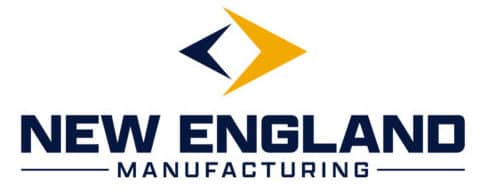Mastering Hydraulic Flow Meter Testing
In the world of fluid dynamics, the hydraulic flow meter tester stands as a crucial tool, indispensable for the accuracy and efficiency of hydraulic systems. This device isn’t just a mere instrument; it’s a cornerstone in maintaining the performance of various hydraulic applications, from industrial machinery to intricate research projects. With the ever-advancing pace of technology, the precision in measuring hydraulic fluid flow has become increasingly vital. This blog post aims to demystify the hydraulic flow meter tester, highlighting its importance, functionality, and the essential considerations for its use. We’re here to simplify this complex tool, making it more accessible for professionals and enthusiasts alike.
Grasping the Basics of a Hydraulic Flow Meter Tester
First and foremost, understanding what a hydraulic flow meter tester is and its critical role is essential. This device accurately measures fluid flow in hydraulic systems, a key factor for their performance and efficiency. Precision in these measurements is crucial; a small error can cause significant operational issues. These testers come in various types, each designed for specific applications and fluid characteristics. From displacement meters to turbine meters, each type has unique mechanisms and applications. Knowing these basics helps us appreciate the critical role these devices play in keeping hydraulic systems efficient and healthy.
Choosing the Right Tester: Features and Specifications
Selecting the appropriate hydraulic flow meter tester involves a deep understanding of its features and specifications. It’s about finding the perfect match for your specific needs. Key considerations include flow rate range, accuracy, material compatibility, and pressure ratings. Additionally, the tester’s usage environment, whether in harsh industrial conditions or controlled lab settings, greatly influences your choice. Recognizing these details ensures that you choose a tester that is not only accurate but also robust and suitable for your application.
Calibration and Maintenance: Ensuring Long-Term Accuracy
Regular calibration and maintenance are vital to maintain a hydraulic flow meter tester’s accuracy. Like any precision instrument, these testers can deviate from their calibrated settings over time. This can happen due to temperature fluctuations, pressure variations, or changing fluid properties. Regular calibration guarantees that the tester remains precise, offering dependable data for your hydraulic systems. Moreover, routine maintenance extends the device’s life, minimizes wear and tear, and identifies potential issues early on. Recognizing the importance of these practices is crucial for the long-term reliability of your hydraulic flow meter tester.
Troubleshooting: Tackling Common Tester Issues
Even the most dependable hydraulic flow meter testers can face issues. Knowing how to effectively troubleshoot these problems is crucial. Issues like flow reading discrepancies, blockages, or fluid irregularities are common. These can arise from debris, air bubbles, or mechanical wear. A systematic approach to troubleshooting is key. Start by checking simple things like calibration, then move to more complex possibilities. This method not only saves time but also ensures accurate problem identification.
Embracing Technological Advancements in Testing
The field of hydraulic flow meter testing is continuously evolving, thanks to technological advancements. These improvements aim to enhance accuracy, user-friendliness, and environmental adaptability. Modern testers are integrating digital technologies, featuring remote monitoring, digital readouts, and computer system integration for advanced data analysis. Staying current with these technological developments is vital for anyone involved in hydraulic system maintenance or design, as they offer new opportunities for increased efficiency and precision.
Real-World Applications: Learning from Case Studies
Examining practical applications and case studies of hydraulic flow meter testers reveals their real-world significance. These devices are crucial in a variety of settings, from large-scale industrial processes to aerospace applications. By exploring specific cases, such as their use in manufacturing plants or aerospace component testing, the versatility and importance of these testers become clear. Case studies also shed light on industry-specific challenges and how precision in flow measurement addresses these issues.
Conclusion
Hydraulic flow meter testers are essential for ensuring efficiency and accuracy in fluid dynamics. This post has explored their functions, features, and the necessity of proper maintenance and calibration. The importance of staying updated with technological advancements and understanding their practical applications cannot be overstated. These testers do more than just measure; they ensure every part of the hydraulic system operates harmoniously, leading to optimal performance and durability. In the complex world of hydraulic systems, the precision and reliability of a hydraulic flow meter tester are not just beneficial; they are indispensable.
Read More:
Hydraulic Flow Meter Tester
Get in touch with us
Get in touch
We usually respond within 24 hours

